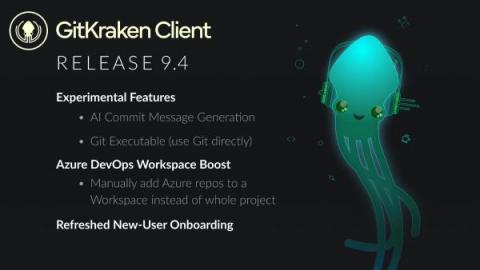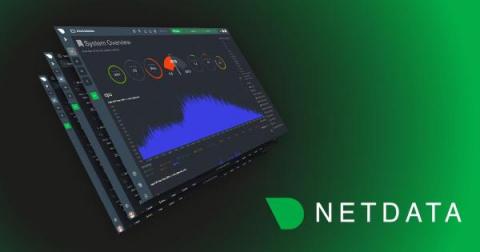Mythbusting IPv6 with Jan Zorz, and Why IPv6 Adoption is Slow
IPv6 was developed in the late 1990s as a successor to IPv4 in response to widespread concerns about the growth of the Internet and its potential impact on the existing IPv4 address protocol, in particular potential address exhaustion. It was assumed that after some time as a dual-stack solution, we would phase out IPv4 entirely. Almost twenty-five years later, however, we are approaching full-scale depletion of IPv4 addresses, in part because IPv6 adoption is still lagging.











